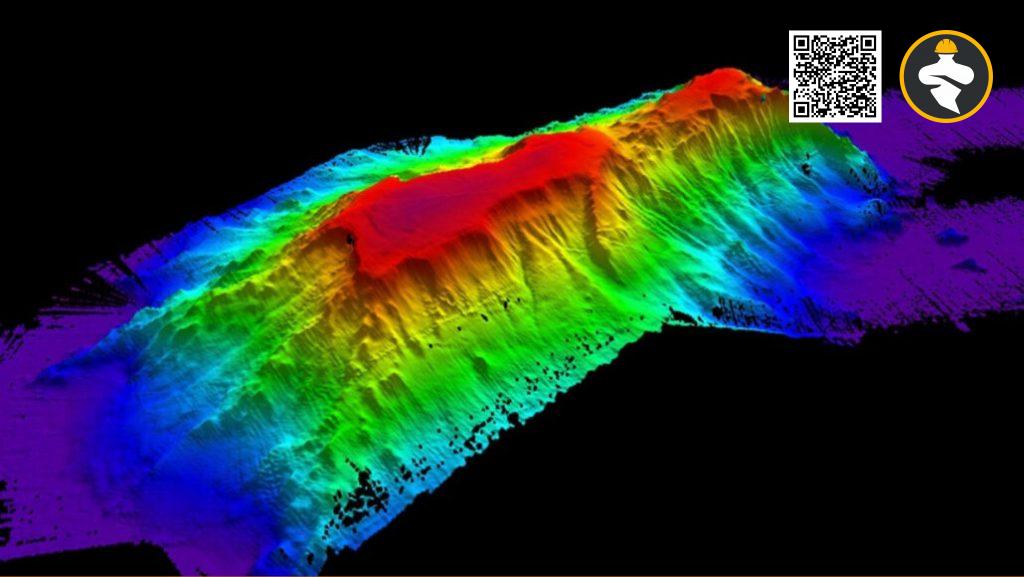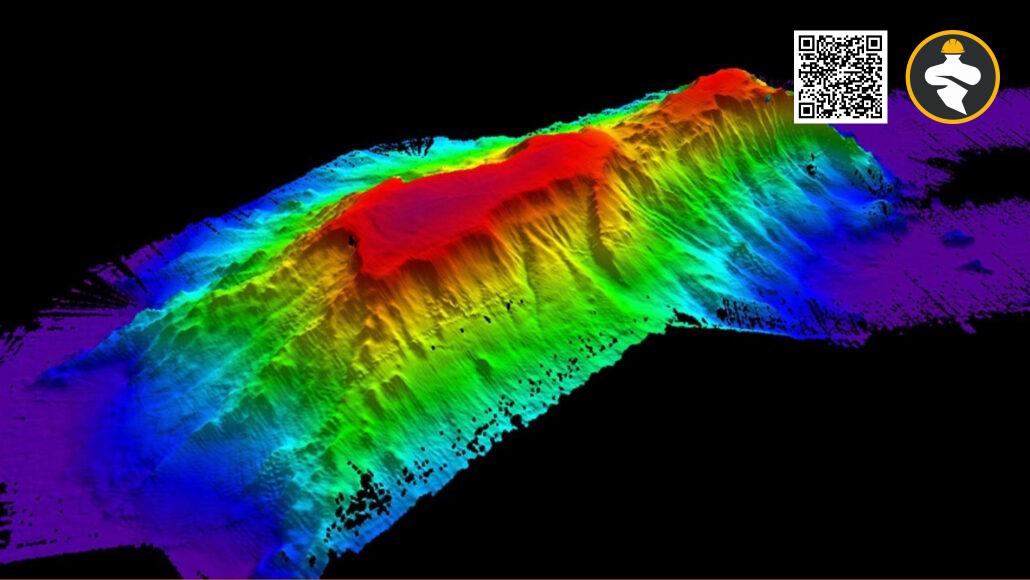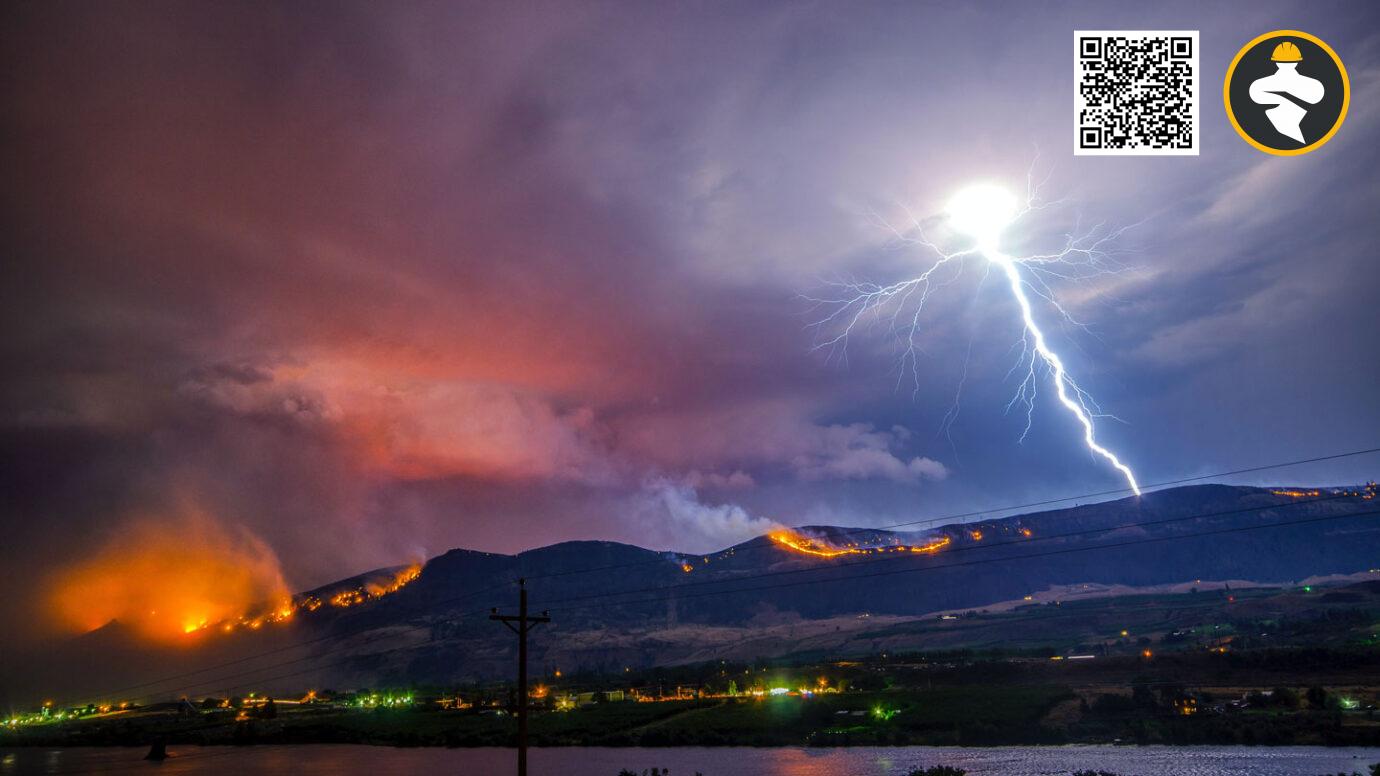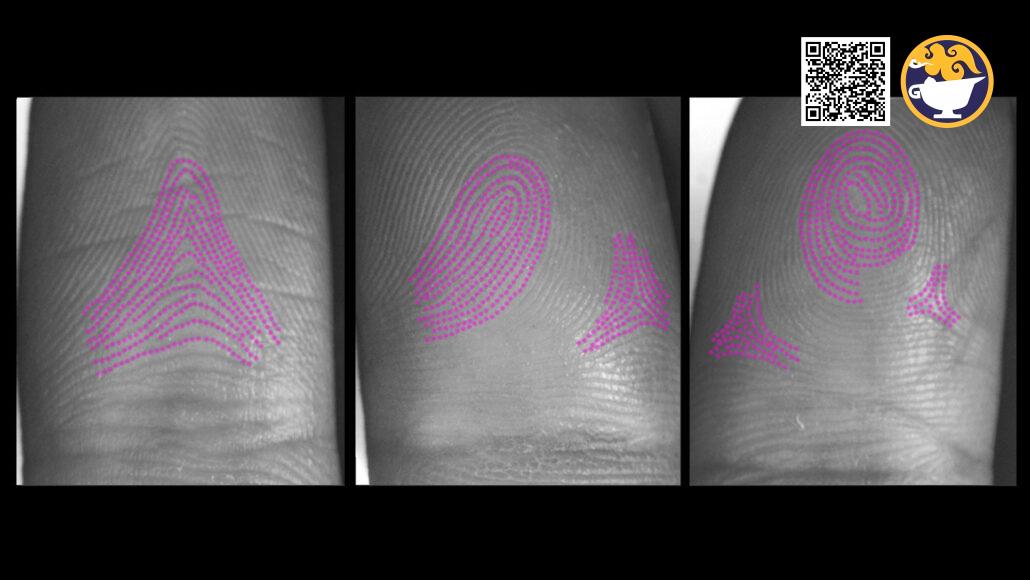Seamounts are underwater mountains that rise from the seafloor and can be found in all the oceans of the world. These seamounts are important hotspots of marine biodiversity as they provide habitats for a variety of marine species. However, until recently, we had very little information about the total number of seamounts that exist in Earth’s oceans.

A recent study used satellite data to identify seamounts that had not been previously known. The researchers used a new mapping technique that was able to detect seamounts that were too small or too deep to be seen using traditional survey methods. This new technique allowed the researchers to identify 19,325 previously unknown seamounts, which is roughly double the number of seamounts that were previously known. This discovery is significant as it provides important new information for future research and conservation efforts. With this new data, researchers will be able to better understand the distribution and abundance of seamounts in the world’s oceans. This information can also be used to develop new conservation strategies aimed at protecting these important marine habitats and the species that rely on them. Moreover, some of the newly discovered seamounts could pose hazards to ships, and this information can be useful for navigation and safety purposes. By identifying these seamounts, ship captains can avoid potential collisions, which can be dangerous for both the crew and the environment. Seamounts are important habitats for a wide range of marine species, including fish, crustaceans, and corals. They provide a stable environment that is often rich in nutrients and oxygen, which can support high levels of biodiversity. Seamounts can also act as stepping stones for the dispersal of species across the ocean, which can help to maintain genetic diversity and promote resilience to environmental changes. Despite their importance, seamounts are often threatened by human activities such as bottom trawling, deep-sea mining, and oil and gas exploration. These activities can damage seamount habitats and disrupt the delicate balance of marine ecosystems. As such, it is important to develop effective conservation strategies that can protect seamounts and the species that depend on them. One approach to seamount conservation is the establishment of marine protected areas (MPAs). MPAs are areas of the ocean that are set aside for conservation purposes and are designed to protect important habitats and species.
By creating MPAs around seamounts, we can help to protect these important habitats and ensure the survival of the many species that depend on them. MPAs can limit or prohibit harmful activities such as bottom trawling and deep-sea mining, which can cause significant damage to seamount ecosystems. They can also help to promote sustainable fishing practices and support scientific research that can further our understanding of these unique environments. However, the establishment of MPAs can be challenging, as it often requires the cooperation of multiple stakeholders and the consideration of various economic, social, and political factors. It is important to engage with local communities, industry representatives, and policymakers to ensure that MPAs are designed and implemented in a way that is both effective and equitable. In addition to MPAs, there are other conservation strategies that can be used to protect seamounts. These include the development of sustainable fishing practices, the promotion of responsible deep-sea mining, and the identification and protection of critical habitats and species. By working together, we can ensure that seamounts and the many species that depend on them are protected for generations to come.
Reference: Katherine Kornei@ sciencenews.org












